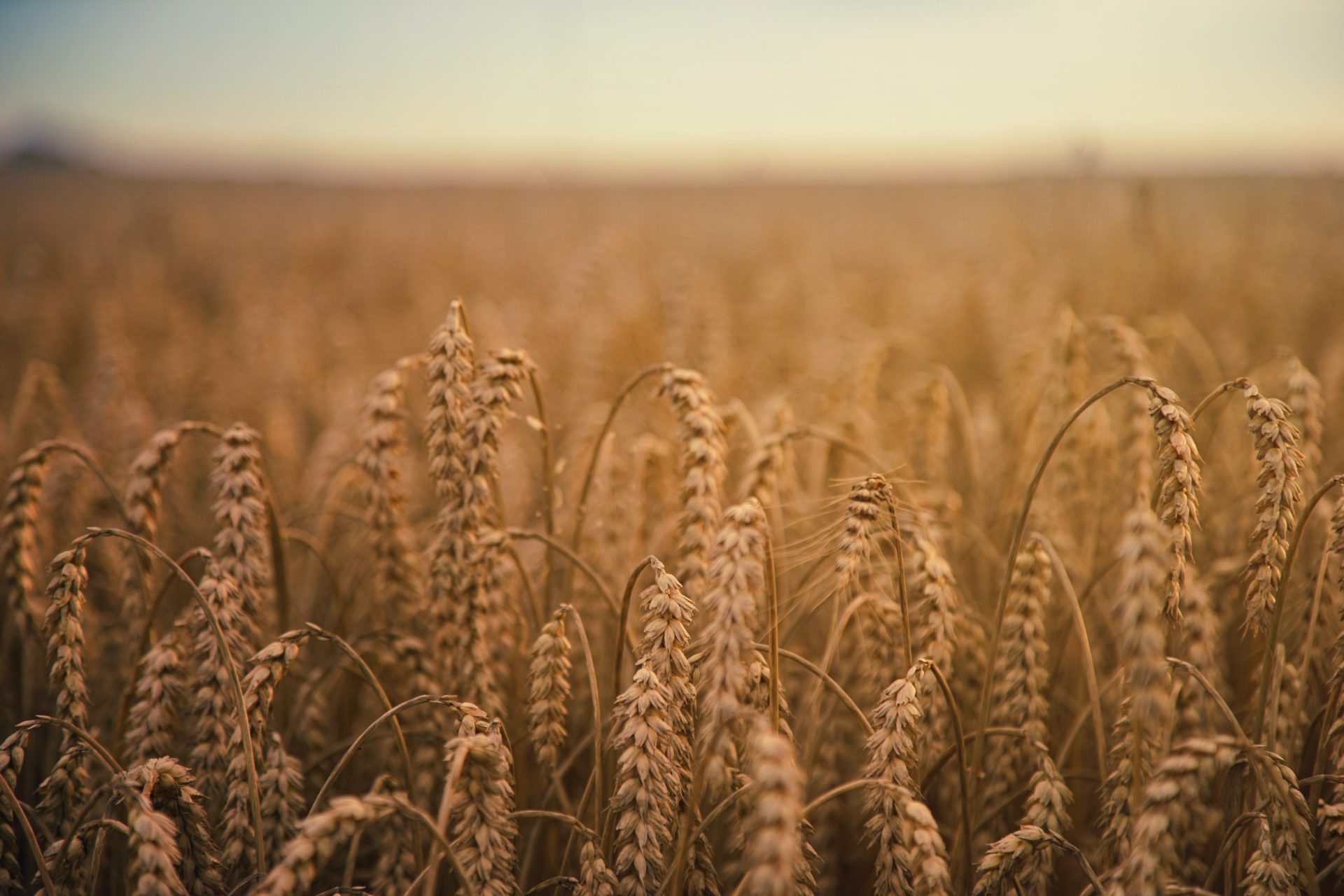
Russia’s invasion of Ukraine is harming vulnerable people far from the battlefield through its impacts on global food prices.
The Food and Agriculture Organization of the United Nations (FAO)’s global food commodity price index hit an all-time high last month, up nearly 13% from February to March 2022, fueled mainly by a 17% rise in cereals prices and a 23% jump in vegetable oil prices. These jumps follow steady increases throughout 2021. Overall, food prices have risen more than one-third globally over the past 12 months. But fully half of that increase has come since January when Russia’s imminent invasion became apparent to the world.
Why has this happened? The media has rightly focused on disruptions to Ukrainian and Russian exports of cereals like wheat and maize and of vegetable oils. These trade disruptions matter because both countries are leading exporters, especially to the Middle East, West Asia, and Africa. Russia is also the world’s largest exporter of fertilizers, shortages of which will impact cereals and oilseeds production over the next growing season elsewhere in the world.
Keep in mind that commodity prices have risen sharply while the world enjoys some of the highest commodity storage rates – relative to consumption – in a generation. Those stocks buffer us against sharper price rises. If 2022 growing conditions prove strong in major growing regions – both exporters like Argentina, Australia, Brazil, and the U.S. and importers like China and India – market price disruptions will dissipate. But the war makes us all far more vulnerable to droughts, floods, or supply chain problems than we were on New Year’s Day.
But commodity price rises are not the only story behind the impacts on families’ grocery bills. Food prices have also risen because the war has disrupted global crude oil markets, which drive the price of liquid transport fuels. Benchmark oil prices are up more than 45% since the start of the year, as many of us noticed at the gas station.
That matters because, according to USDA’s Economic Research Service (ERS), the average American’s grocery bill embodies transportation and energy costs every bit as much as farm production costs. Indeed, globally, only 27% of consumer spending on food consumed at home flows back to farmers – and much less of food consumed away from home, in restaurants or schools, for example – including to pay for fertilizers and fuel for machinery. Food consumers mainly pay for costs that accrue after agricultural commodities leave the farm.
As prominently as transport costs feature in the grocery bills of Americans, they loom even larger in low-income countries, especially in land-locked areas located hundreds or thousands of miles of low-quality roads from ocean ports. A study of east African markets found that retail prices for a staple cereal, maize, respond faster and stronger to global oil price shocks than to global maize prices.
So, who gets hurt by the disruptions to agricultural commodities and oil markets caused by Russia’s invasion of Ukraine? The billions of people already struggling to afford a healthy diet. Many U.S. consumers may barely notice an impact because, according to ERS, the average U.S. household spends less than 9% of disposable income on food. But the poorest 20% of US households spend three times more, on average, 27% of their income. A double-digit rise in a cost that absorbs more than a quarter of one’s budget hurts a lot.
Things are even worse in low-and-middle-income countries. There, the minimum cost of a nutrient-adequate diet averages roughly 70% of the $1.90/day per person extreme poverty line, below which roughly 700 million people worldwide survived in 2017 – and closer to a billion now after the massive economic disruptions of COVID. Last year, FAO estimated that roughly 3 billion people worldwide could not afford a healthy diet. The food price rises driven by Russian aggression have pushed the affordability of a healthy diet further out of reach, affecting nearly half of the world’s population, most of them in Africa or Asia, nowhere near the battlefields of Europe.
Furthermore, because high food prices increase the risk of social unrest, these broader impacts also risk fomenting political instability in countries far from the Black Sea region. Violence begets violence.
The key policy response, besides pressing for a lasting peace quickly, is a renewed investment in food assistance safety nets. Not just essential humanitarian assistance for Ukraine and Ukrainian refugees in Europe, but also enhanced food assistance benefits for the poor in other countries, such as SNAP and WIC in the U.S., and social protection programs in the low- and-middle-income countries where most people suffering undernutrition live.
The key thing to remember about hunger and malnutrition is that the world has ample food for everyone to enjoy a healthy diet. Global daily supplies average roughly 3000 calories, 85 grams of protein, and 90 grams of fat per person, well above our metabolic needs for a healthy life. The core drivers of hunger and malnutrition are poverty and maldistribution. Poor people cannot afford significant increases in the cost of food that already consumes much – even most – of their income. And transport, packaging, and other costs are a huge part of the price they pay for food.
By disrupting agricultural commodity and oil markets, Russia has pushed the goal of healthy diets for all further from reach for billions of the world’s poor. They may live far from the conflict, but they can feel the ravages of war in their guts.

Chris Barrett
Chris Barrett is an agricultural and development economist at Cornell University. He is the Stephen B. and Janice G. Ashley Professor of Applied Economics and Management, and an International Professor of Agriculture at the Charles H. Dyson School of Applied Economics and Management, as well as a Professor in the Department of Economics, in the Department of Global Development, and in the Jeb E. Brooks School of Public Policy, as well as a Fellow of the Cornell Atkinson Center for Sustainability and the Cornell Institute for Food Systems. He is co-editor-in-chief of the journal Food Policy, edits the Palgrave Macmillan book series Agricultural Economics and Food Policy, co-edits the Elsevier Handbook of Agricultural Economics, volumes 5 and 6, and previously was editor of the American Journal of Agricultural Economics. He is an elected Fellow of the American Association for the Advancement of Science, the Agricultural and Applied Economics Association, and the African Association of Agricultural Economists, and has won numerous university, national and international awards for teaching, research and policy outreach and public service.






